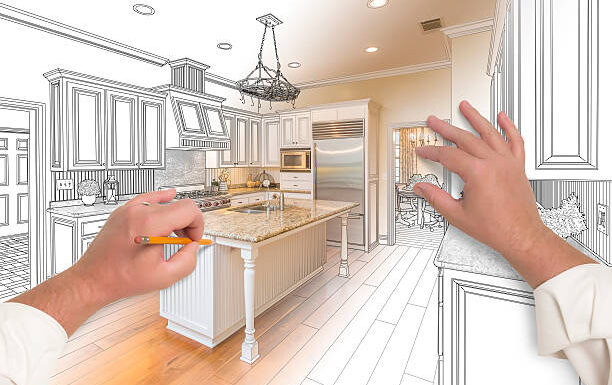
In a continuously evolving design universe, artists, developers, architects, and engineers around the globe seek innovative methods to manifest their creative concepts. One technique that has been a real game-changer in empowering design adjustments is 3D rendering. It has unlocked new frontiers in dynamism, efficiency, and versatility, dramatically transforming how concepts are visualized and edited throughout the design process.
The Advantages of 3D Rendering
The beauty of 3D rendering lies in its ability to provide unparalleled flexibility for design modification. It grants designers the freedom to effortlessly alter various design elements, playing with textures, colors, and shapes at the click of a mouse. Furthermore, it liberates them from the confines of physical prototypes, permitting countless iterations without significantly adding to the cost or timeline of the project. This fosters a unique blend of creativity and practicality, resulting in designs that are not only visually appealing but also functional and efficient. Thus, 3D rendering serves as a key to unlocking a more dynamic, versatile, and cost-effective design process.
Realistic Prototyping
3D Rendering has elevated prototyping to new heights by enabling designers to present highly realistic, visual demonstrations of concepts. This realism not only allows clients and stakeholders to visualize the final product but also opens a window into potential adjustments. With help from companies offering millwork drawing services, clients can participate actively in design decision-making processes. 3D renderings enable all parties to foresee potential hurdles and come up with proactive solution strategies with a tangible 3D model at the forefront.
Streamlined Communication
3D rendering dismantles geographical barriers, facilitating seamless communication and collaboration between teams. Design modifications are more manageable as all stakeholders can contribute their inputs simultaneously to resolve design challenges. Changes are implemented quicker with fewer rounds of communication, leading to efficient design execution.
Cost and Time Efficiency
Adopting 3D rendering can lead to substantial cost savings. As errors or potential obstacles can be identified early in the process, costly construction or production oversights can be averted. Time efficiency is another aspect where 3D rendering shines, reducing the time taken to move from conception to production.
Layered Flexibility in Design
Beneath the surface, the efficiency of 3D rendering reveals a more profound layer of versatility. It facilitates a see-before-you-build approach that guards against costly and time-consuming mistakes in the later stages of project development. This flexible toolset extends beyond just creating presentable visuals, it empowers designers to experiment, innovate, and adjust easily according to project constraints and client insights. Moreover, it fosters interactivity, enabling clients to provide real-time feedback leading to collaborative problem-solving. By enabling such iterative-refinement, 3D rendering elevates the design process, optimizing it for robustness, responsiveness, and user-friendliness.
Creating Multiple Design Iterations
A real strength of 3D rendering is the flexibility it provides in modifying designs. Using this technology, designers can create various iterations of the same model, each adjusted to different scenarios or specific requirements. Any changes in clients’ demands can be addressed quicker using a digital model.
Scalable Designs
Design planning with 3D renditions allows multiple dimensions of scalability. Whether it’s modifying specific components or changing the entire blueprint, adjustments can be made without having to recreate the entire plan. This scalability extends from small-scale projects to massive cityscapes, providing practical solutions on all tiers. Before wrapping up, it’s pertinent to note the vital role that companies offering CAD drafting services play in enhancing the design modification process via 3D Rendering.
The Conclusion
The innovative world of 3D rendering equips creators with a powerful tool that increases flexibility in design modifications. From creating realistic prototypes to streamlining communication, enabling scalability, and offering cost and time efficiency, 3D rendering revolutionizes how we approach, alter, and enhance design. The dynamism that 3D rendering brings to design modification makes it not only an integral tool for today’s creators but also a compelling preview of the future of design.






